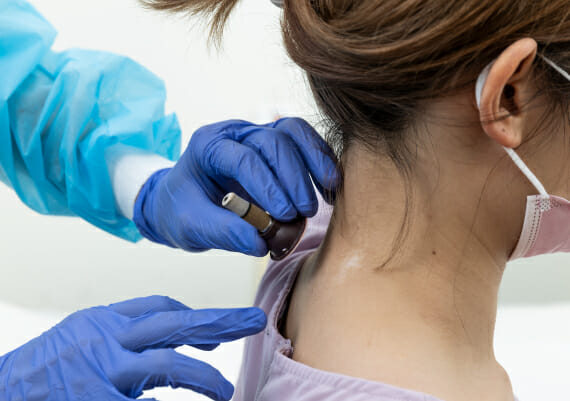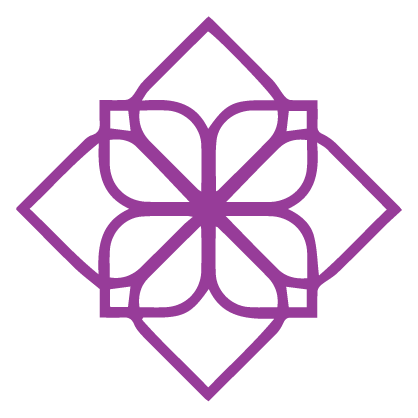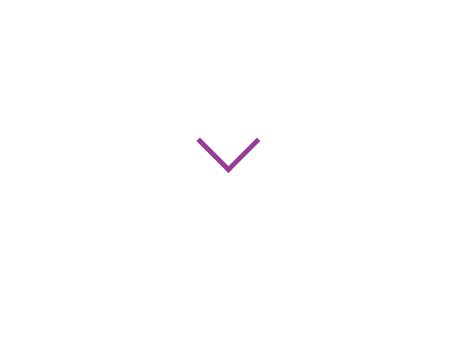

What Is Moxibustion
Moxibustion Therapy: Benefits, FAQs, and More
Moxibustion is a form of acupuncture that uses heat from burning the herb mugwort to stimulate certain points on the body.
It is most commonly used in Traditional Chinese Medicine (TCM) to turn breech babies. But it can also be used for other conditions such as menstrual cramps, joint pain, and fatigue.
Let’s take a closer look at moxibustion, its benefits, and its side effects.
Moxibustion therapy stimulates blood flow and qi (or energy) in the body. The heat from the burning mugwort is applied to areas that are associated with particular conditions.
The benefits of moxibustion therapy come from the stimulation of blood flow and qi in the body. The increased blood flow can help reduce inflammation and pain while the increased qi promotes healing.
Benefits of Moxibustion Therapy
Moxibustion provides benefits like pain relief, improved digestion, reduced stress levels, and enhanced fertility.
Let us take a more in-depth look at each of these benefits.
Moxibustion for Pain Relief
Mugwort is effective in treating pain because it contains a substance called artemisinin, which is known to have analgesic (pain-relieving) properties.
Moxibustion is often used to relieve pain associated with arthritis, menstrual cramps, and low back pain.
Moxibustion for Improved Digestion
Mugwort can also improve digestion by stimulating the release of stomach acids and promoting regular bowel movements. If you suffer from indigestion, moxibustion may be able to help.
Moxibustion for Reduced Stress Levels
Moxibustion has also been shown to provide psychological benefits. One study found that moxibustion decreased anxiety and depression scores in rats.
It’s thought that the therapy works by reducing stress hormones in the body.
If you’re looking for a natural method to reduce stress levels, moxibustion is worth considering.
Moxibustion for Enhanced Fertility
Moxibustion has also been traditionally used as a fertility treatment. Some reports suggest that it increases blood flow to the reproductive organs and balances hormone levels.
Side Effects of Moxibustion Therapy
While moxibustion is generally safe, there are a few potential side effects that patients should be aware of. These include:
1. Burns
If you experience any pain during the therapy, be sure to tell the therapist so they can adjust the heat accordingly.
2. Scarring
Another potential side effect of moxibustion is scarring. This more often occurs if the therapist uses direct moxibustion, in which the moxa is placed directly on the skin. Scarring is usually minor and will fade over time, but it is something to be aware of nonetheless.
3. Allergic Reactions
Some people may be allergic to mugwort, wherein they may experience itching, redness, or swelling at the treatment site. If you have any known allergies, be sure to let your therapist know before starting treatment.
Getting the Best Moxibustion Therapy in Malaysia
At Thomson TCM, we provide experienced and professional treatments that are tailored to each individual. Our team of highly skilled practitioners offer different services, such as acupuncture, massage, and Moxibustion Therapy.
We also have a modern and welcoming centre that is easily accessible to everyone. Our clinic is affordable, and we offer a variety of payment options to make our services more accessible. Visit us today and see for yourself!

Frequently Asked Questions
1. What is moxibustion good for?
Traditional Chinese Medicine (TCM) has been practiced for centuries and is based on the belief that imbalances in the body’s energy can lead to illness. One of the key components of TCM is moxibustion, a therapy that involves burning dried mugwort near specific points on the body.
Moxibustion stimulates circulation and promotes healing by warming and invigorating the Qi, or life force.
In addition, moxibustion is often used as a preventative measure to strengthen the body’s energy and reduce the risk of future illness.
While moxibustion is most commonly used to treat joint pain, muscle aches, and digestive issues, it is also said to be effective for various conditions. Whether used as a standalone therapy or combined with other treatments, moxibustion is an important part of TCM and has a long history of helping people achieve optimum health.
3. Acupuncture and moxibustion: What is the difference?
Though both acupuncture and moxibustion are traditional Chinese medical practices, there are a few key differences between the two. The process of Acupuncture involves using thin needles for your skin at specific points. Moxibustion, on the other hand, uses heat to stimulate these same points.
Both acupuncture and moxibustion are used to relieve pain and promote healing, but moxibustion is also said to help with digestion and fertility.
Additionally, moxibustion is sometimes used as a preventative measure, while acupuncture is more often used to treat an existing condition. Though they share many similarities, acupuncture and moxibustion are distinct medical practices with different benefits.
2. Does moxibustion actually work?
Some studies have suggested that moxibustion is effective in treating conditions like arthritis and menstrual cramps, but more research is needed. Many people who have tried this treatment report feeling improved after their session.

Connect With Us

Get In Touch
We will get back to you shortly








